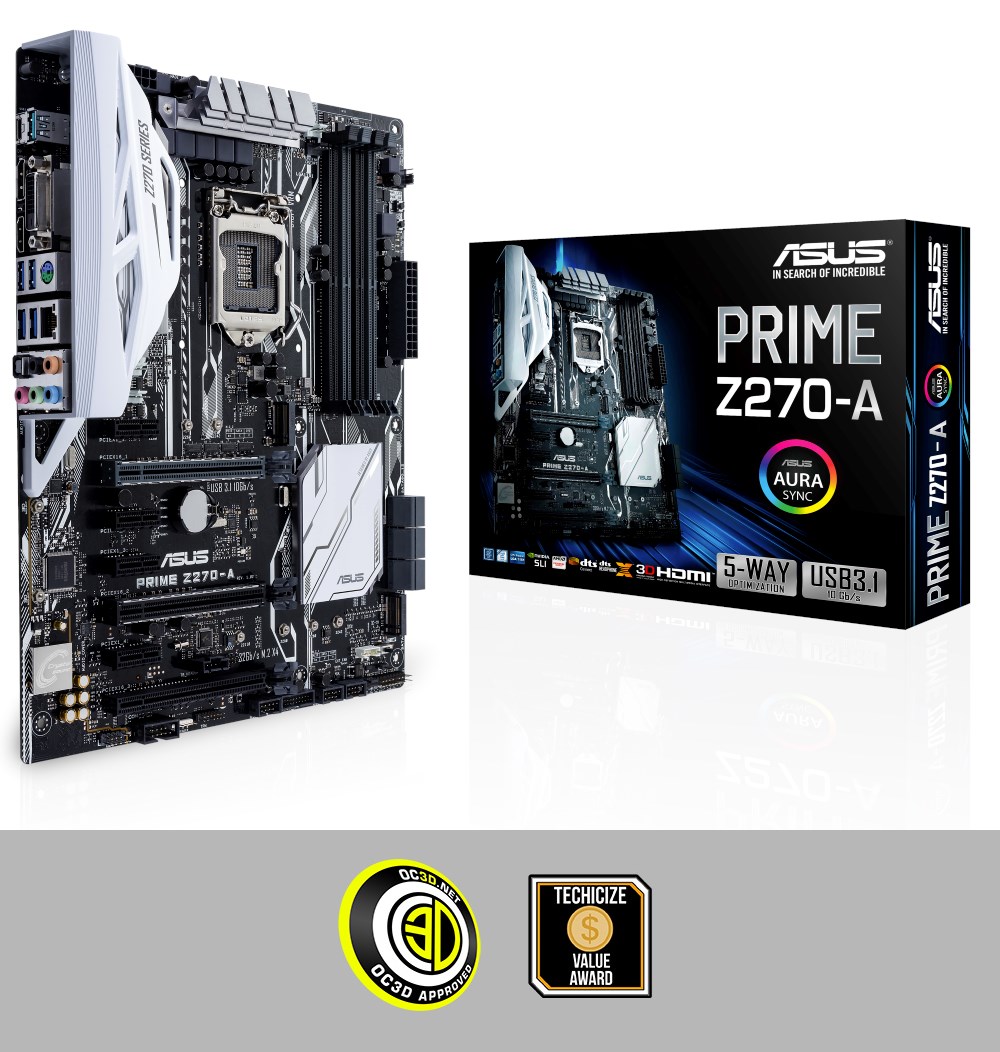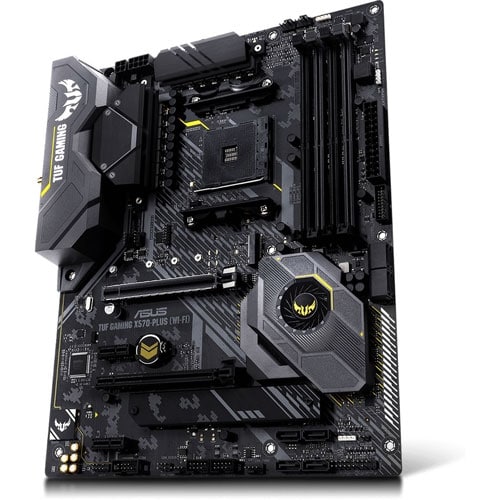

- ASUS MOTHERBOARD RAID MONITOR FOR FREE
- ASUS MOTHERBOARD RAID MONITOR INSTALL
- ASUS MOTHERBOARD RAID MONITOR SOFTWARE
ASUS MOTHERBOARD RAID MONITOR INSTALL
Linux Mint 17.3 Install time: Would not install. Xubuntu 16.04 installed perfectly without any issues. However, Linux Mint 17.3 installation would always show this dialog and return to the previous partition dialog after clicking “Install Now.”
ASUS MOTHERBOARD RAID MONITOR SOFTWARE
No additional software installation is necessary.

Linux Mint 17.3 sees the motherboard RAID array as a single drive like any other. The Motherboard RAID Array is Seen as a Regular Drive.

Sure there might be tools for motherboard RAID, but I had little success finding them. With mdadm, you can manage the array without rebooting. Press CTRL+I to enter the RAID configuration utility, and work from there. If something goes wrong with the array and you need to administer it, you must exit Linux and reboot. However, mdadm does not report motherboard RAID arrays. With mdadm, you can view every nitty-gritty detail on any RAID array, and you can even write your own monitoring scripts. Much of the software for monitoring motherboard RAID is tied to some version of Windows, so this excludes Linux users. …unless you install third-party software. Mdadm supports many more RAID levels, such as RAID-6, and you can even specify how many drives to include in a RAID array. Motherboard RAID does not allow it (at least on the motherboard I used). Do you want three drives in RAID-1 for extra redundancy? Too bad. Even then, the number of drives you can use with each is preset. The RAID offered by the MSI Z87-G45 - as well as most other motherboards I have seen - only offer minimal RAID support, such as RAID0/1/5/10. Mdadm offers far more flexibility and RAID levels. Motherboard RAID Configurations are Limited. mdadm functioned perfectly while the motherboard RAID was invisible AS-IS. Here are a few diagrams to help understand the RAID concept implemented in this article. It is terminal-based, but it offers a wide variety of options for monitoring and managing RAID arrays. I find it to be far more featured than the motherboard RAID. Once the SATA interface has been set to RAID Mode in BIOS, press CTRL+I at boot to launch a crude RAID setup utility. Linux does not require any software installed to see the RAID array. Motherboard RAIDįor lack of a better term, motherboard RAID refers to the RAID configuration in the motherboard’s BIOS. The same hardware and Linux Mint 17.3 were used for all tests by shutting down and reconnecting drives. If there are any improvements to be found, then the mechanical drives will show them. I chose to test with mechanical drives instead of SSDs in order to avoid saturating the SATA interface.

These are older drives, but they still work well. I tried one, two, and three configurations.
ASUS MOTHERBOARD RAID MONITOR FOR FREE
I have been using RAID in Linux for many years using mdadm, which is available for free from the Ubuntu repository. Like many other motherboards that contain SATA ports for connecting hard drives, it supports RAID. I got my hands on a consumer-grade desktop motherboard: MSI Z87-G45 Gaming. Does it really make a difference compared to mdadm?


 0 kommentar(er)
0 kommentar(er)
